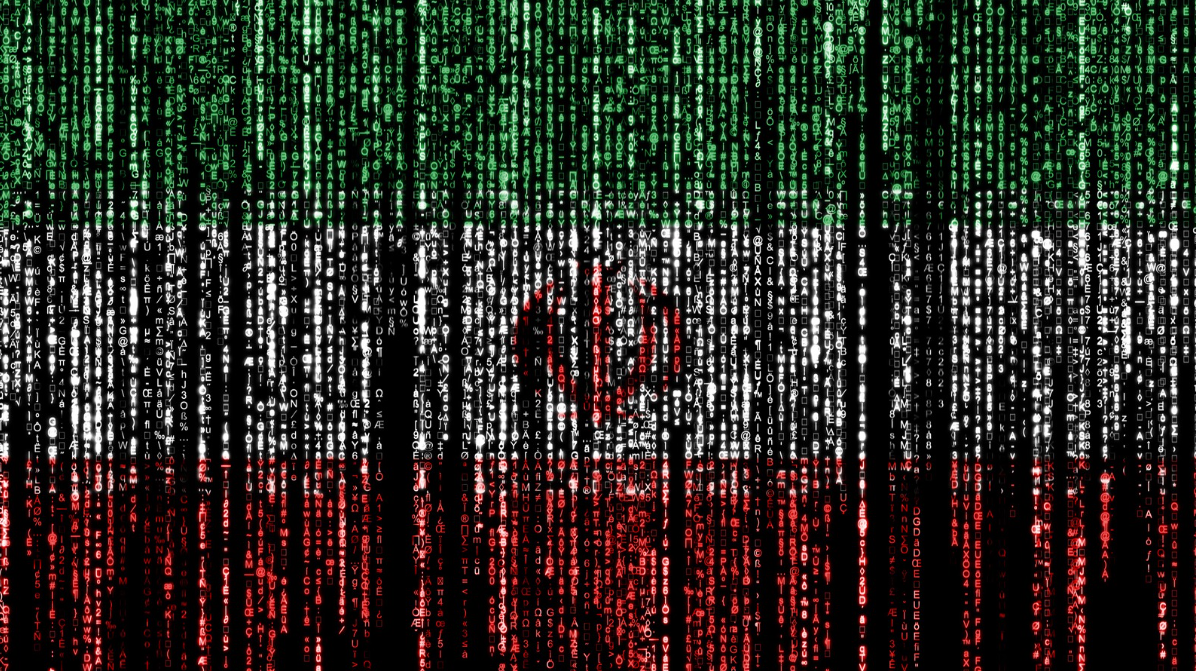🇮🇷 APT39. Rana Intelligence Computing, ITG07, Chafer, Remix Kitten
APT39 is a state-sponsored Iranian cyber espionage group linked to Iran’s Ministry of Intelligence and Security (MOIS)

Overview
APT39 is a state-sponsored Iranian cyber espionage group linked to Iran’s Ministry of Intelligence and Security (MOIS). Unlike other Iranian Advanced Persistent Threat (APT) groups focused on disruptive cyberattacks or financial theft, APT39 specializes in intelligence gathering, surveillance, and the tracking of individuals. The group’s primary goal is to collect personal and sensitive information to support Iranian intelligence and counterintelligence operations.
Active since at least 2014, APT39 targets telecommunications, travel, and government sectors to obtain massive databases of personally identifiable information (PII), travel itineraries, and communication logs. This information is used for espionage, monitoring dissidents, and geopolitical intelligence.
APT39 employs a range of cyber tactics, including spear-phishing, credential theft, malware deployment, and lateral network movement, allowing them to infiltrate, persist within, and exfiltrate data from high-value targets. The group’s activities have enabled Iran to track political opponents, foreign intelligence personnel, and strategic individuals across the Middle East, Europe, and North America.
In response to its activities, the U.S. and its allies have sanctioned Iranian cyber entities, improved cybersecurity defenses, and increased intelligence-sharing efforts. However, APT39 remains a persistent cyber threat, constantly evolving its techniques to evade detection and expand its reach in global espionage operations.
Background and Attribution Indicators
APT39 was first identified in 2014 and has since been linked to Iran’s MOIS, which oversees cyber operations targeting individuals of interest to the Iranian regime. The group is part of Iran’s broader cyber warfare strategy, which includes both offensive and intelligence-driven cyber campaigns.
The U.S. Cyber Command and cybersecurity firms such as FireEye (now Mandiant) have consistently attributed APT39’s activities to Iran, citing evidence such as:
• IP addresses and infrastructure tied to Iranian networks
• Code similarities with other Iranian APT groups
• Attack patterns aligning with Iranian geopolitical interests
• Use of Persian-language commands in malware development
APT39’s activities closely align with Iranian state policies, focusing on counterintelligence, surveillance of opposition groups, and gathering intelligence on regional adversaries. The group has evolved over time, refining its tactics to enhance operational security and persistence within compromised networks.
Focus
APT39 primarily targets industries and systems that store, process, or transmit large amounts of personal and travel-related data, including:
1. Telecommunications – To monitor calls, messages, and metadata for intelligence gathering.
2. Travel and Hospitality – To track foreign diplomats, political dissidents, and activists by compromising airline and hotel reservation systems.
3. Government Entities – To infiltrate national ID systems, immigration databases, and law enforcement agencies for counterintelligence purposes.
4. Technology and IT Service Providers – To gain access to digital communication platforms and intercept confidential data.
5. Non-Governmental Organizations (NGOs) and Human Rights Groups – To identify and suppress dissenting voices that criticize Iran’s policies.
These sectors allow APT39 to gather intelligence on individuals Iran perceives as threats, including journalists, foreign government officials, military personnel, and opposition figures.
Attack Vectors and Lifecycle
APT39 employs a multi-stage attack lifecycle to infiltrate, persist, and exfiltrate sensitive information from its targets:
1. Initial Access
• Spear-phishing emails with malicious attachments or embedded links.
• Compromising third-party accounts to gain access to victim organizations.
2. Establishing Persistence
• Deploying custom malware such as Seaweed and Cashmere to maintain access.
• Using stolen credentials to escalate privileges and evade detection.
3. Lateral Movement
• Exploiting Active Directory and network vulnerabilities to spread internally.
• Using PowerShell scripts and living-off-the-land techniques to remain stealthy.
4. Data Collection and Exfiltration
• Harvesting PII, call records, travel logs, and email communications.
• Encrypting and exfiltrating data to Iranian-controlled servers.
5. Covering Tracks and Operational Security
• Rotating Command and Control (C2) servers to avoid attribution.
• Using VPNs and proxies to obscure Iranian infrastructure involvement.
APT39’s attack lifecycle allows it to remain undetected within networks for extended periods, often exfiltrating valuable intelligence over months or years.
Major Attacks and Impact
APT39 has been linked to numerous cyber espionage campaigns, particularly targeting individuals of geopolitical interest to Iran. Some of the most significant incidents include:
1. Airline and Travel Industry Breaches (2018-2021)
APT39 was implicated in cyber intrusions against major airlines and hotel chains to track foreign diplomats, activists, and journalists traveling in the Middle East and beyond. These breaches enabled Iranian intelligence agencies to monitor movements of dissidents and foreign officials.
2. Telecommunications Espionage (2016-Present)
APT39 has repeatedly compromised telecom providers across the Middle East and Europe to intercept call records, text messages, and metadata. These intrusions have provided Iran with valuable intelligence on both domestic and foreign targets.
3. Cyber Attacks on NGOs and Human Rights Groups (2019-Present)
APT39 has targeted human rights organizations, think tanks, and opposition groups critical of Iran’s government. These attacks aim to gather intelligence on activists and journalists advocating for democracy and human rights in Iran.
The impact of these operations has been far-reaching, leading to mass surveillance, political persecution, and suppression of dissent within and beyond Iran’s borders.
Strategic Responses
United States and Allied Nations
• Sanctions: In 2020, the U.S. Treasury Department sanctioned several Iranian cyber actors linked to APT39, restricting their access to global financial systems.
• Cyber Operations: The U.S. Cyber Command has reportedly engaged in offensive cyber operations to disrupt Iranian espionage campaigns.
• Public Attributions and Threat Intelligence Sharing: Cybersecurity firms and government agencies have publicly attributed APT39’s operations, reducing its ability to operate covertly.
European and Middle Eastern Countermeasures
• Strengthened Cyber Defenses: Telecom providers and government agencies have enhanced cybersecurity frameworks to counter APT39’s intrusions.
• International Law Enforcement Cooperation: Countries targeted by APT39 have collaborated to track Iranian cyber activities, leading to arrests and shutdowns of Iranian-linked infrastructure.
Despite these efforts, APT39 remains a persistent threat, continuing to evolve its tactics and operational security measures.
Outlook
Over the next few years, APT39 is expected to:
• Expand its targeting beyond the Middle East to include more Western organizations, particularly in Europe and North America.
• Increase its focus on cloud services and SaaS platforms to exfiltrate data more efficiently.
• Leverage AI-powered cyber tools to enhance its social engineering and surveillance capabilities.
• Improve operational security by adopting more sophisticated obfuscation techniques, making attribution more difficult.
Given its alignment with Iran’s intelligence and geopolitical strategies, APT39 will likely continue to play a critical role in Tehran’s cyber warfare and espionage operations.





